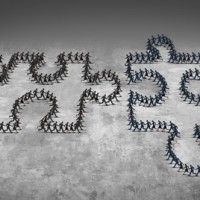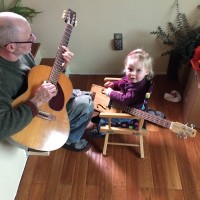The Blog
One service that MAPP provides to our community is outreaching progress and celebrating collaborative work that is improving our community health. Check out our recent articles published in local media, such as the monthly 'RoadMAPP to Health' columns in the Homer News, and our monthly MAPP newsletters.

June Newsletter
June 1
MAPP June Newsletter Includes Updates On: Athletic & Recreation Center on Track Homer Trails Symposium a Success Syringe Exchange Program Taking Flight Trauma-Informed Learning Cohort Opportunity Peonies on Pioneer Opportunity Read More

Do Our Conversations Matter? Yes!
May 6
[Posted in the Homer News on May 5, 2016] I recently had the opportunity to participate in a conversation. Maybe you have too? Conversations may make up our day from morning Read More

May Newsletter
May 4
MAPP May Newsletter Includes updates on: Tackling Homelessness Issues Successful Safe & Healthy Kids Fair Family Resource Booklet Released Local Public Health Assessment Completed Upcoming Collaborative Events Community Opportunities

Role Models Can Change a Community
April 7
April 7, 2016 [Posted in the Homer News on April 7, 2016] Role models are truly vital to a healthy and resilient community. I’m not just saying that, that is Read More

April Newsletter
April 1
MAPP April Newsletter Includes updates on: Recycling Accolades Recent Climate Adaptation Workshop Wellness Dimension Strengths & Challenges Green Dot Impacts Upcoming Collaborative Events Community Opportunities






